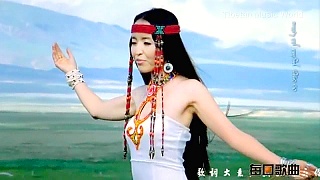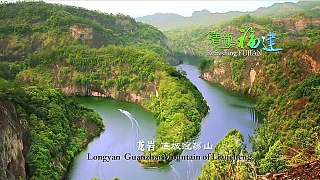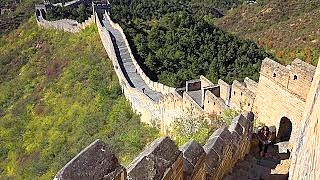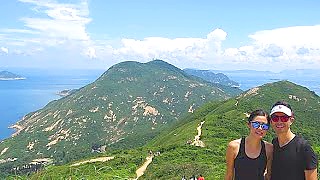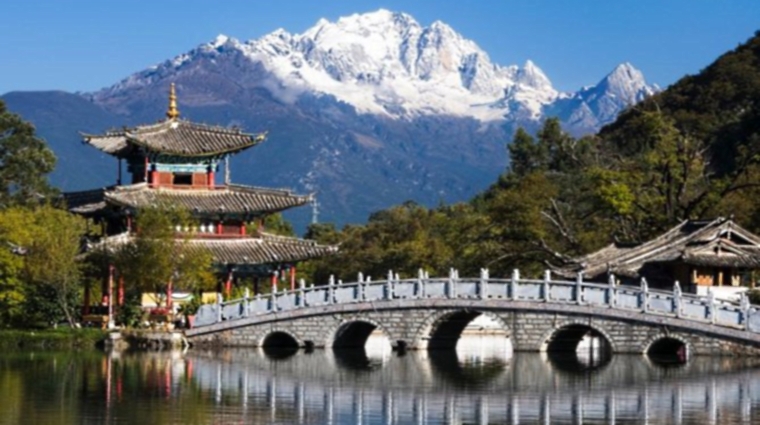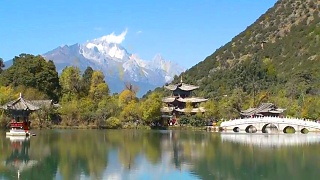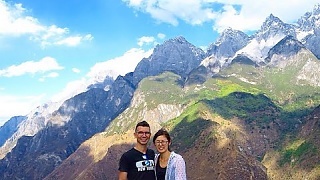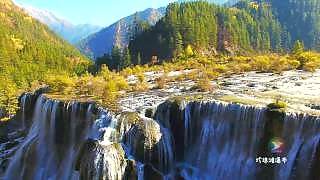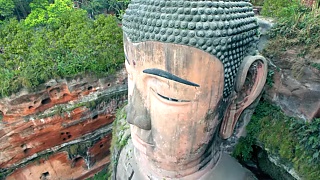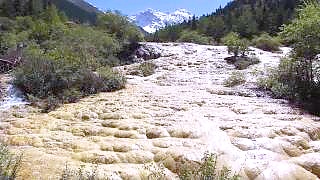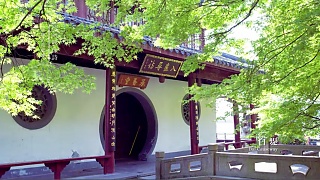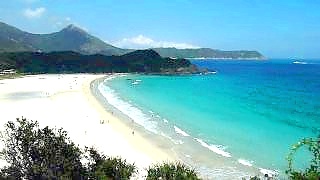Tiger Leaping Gorge in YunNan province lies 60 kilometers north of LiJiang and is part of the UNESCO 'Three Parallel Rivers of Yunnan' World Heritage Site.
The gorge in gorgeous 4K by Milosh Kitchovitch ...
[640],shadow=true,start=,stop=
Hiking with Tim and Glo ...
The gorge is one of the world's deepest canyons and is populated by a few villages of the NaXi minority. Around 15 km in length, the gorge is located where the river passes between 5,600 meter high Jade Dragon Snow Mountain and the 5,400 meter high HaBa Snow Mountain in a series of rapids below steep 2000 meter cliffs. Legend says that in order to escape from a hunter, a tiger jumped across the river at its narrowest point (still 25 meters wide, though with a rock in the middle).
There are a fair number of basic guesthouses for hikers, so your visit does not need to be rushed. These can also provide meals or snacks to passers by.
The Hiking Trails.
Hiking the entire length of the gorge is possible. There are two paths.
The 'the high road' is well-maintained by the locals and marked, although sometimes narrow, and is used by the Naxi as part of everyday life. This trail is longer than the lower road, approximately 22 kilometers (14 miles), but more varied. It features a variety of micro-ecosystems and waterfalls, and is probably the best choice if you only take one of the paths.
The 'low road' is a stretch of pavement (until recently a simple mule track) crossed by several waterfalls. This path more closely follows the Yangtze, so there are more views of the river and a stronger sense of being in a gorge.
Where the high road descends to meet the lower road, one can climb down to the river near the Tiger Leaping Stone, the point at which the tiger is said to have leaped across in two bounds.
Preparation
That the gorge is outstandingly beautiful is coupled with the need for care. The environment is natural and so the almost absence of safety clutter puts the responsibility on the those visiting. Rockfalls are not unknown. Prepare for wet weather, which can arrive suddenly, and use suitable shoes. Take extra care when crossing wet rocks and in general don't take risks; think first. Don't go alone in case of accident. Take a mobile phone. Swimming and kayaking are extremely dangerous and must be avoided. Don't go off track; take a map (essential). Head back to your lodgings well before dusk as, being within a gorge, light fades quickly.
YunNan map


 Hiking through the beautiful Tiger Leaping Gorge 虎跳峡
Hiking through the beautiful Tiger Leaping Gorge 虎跳峡
